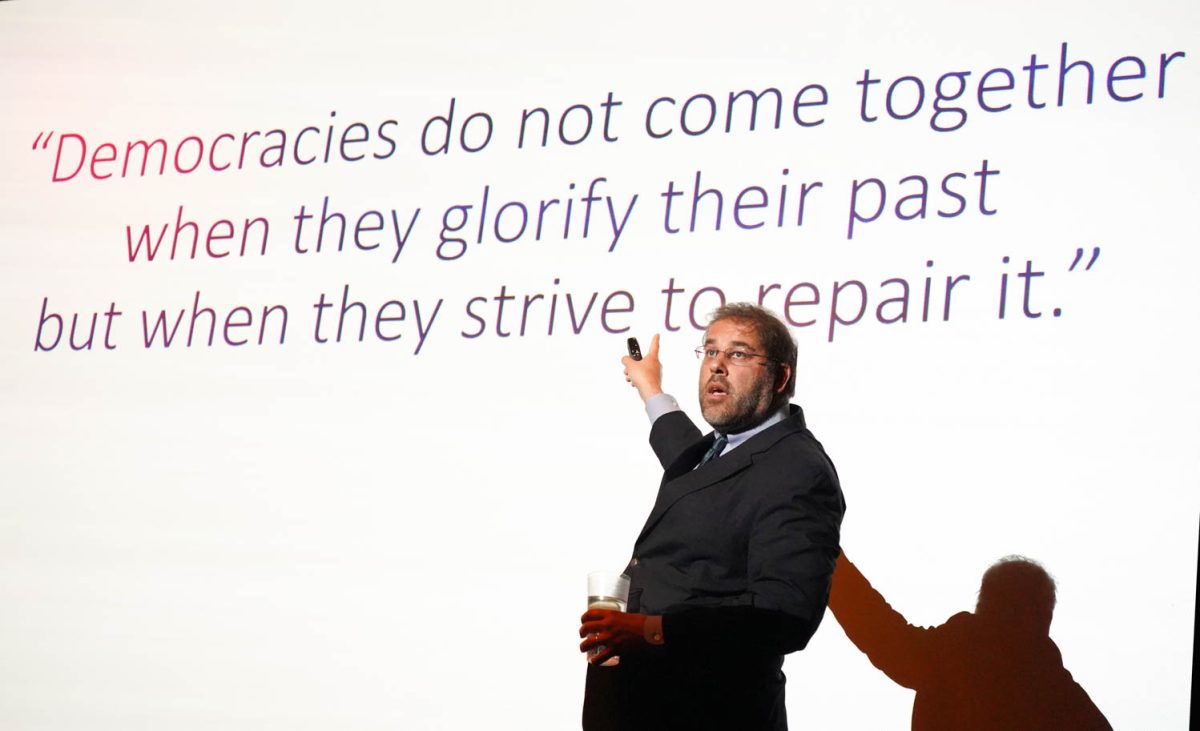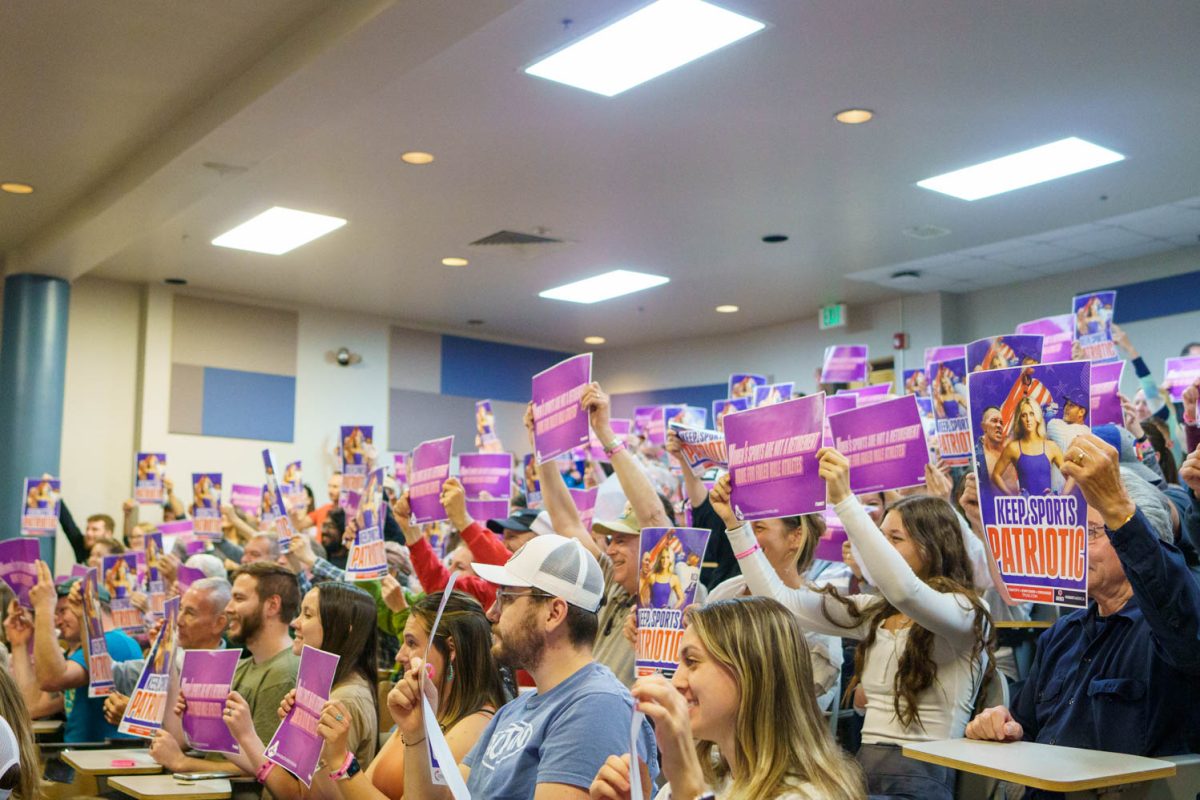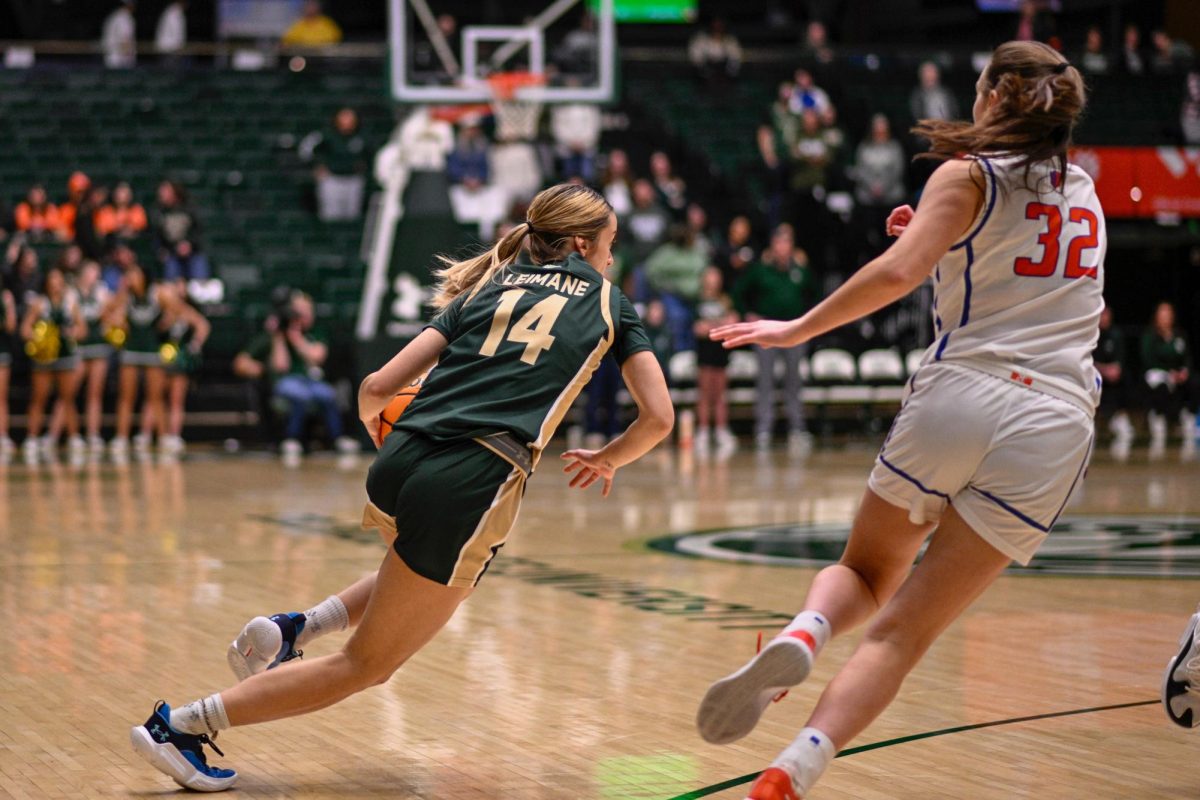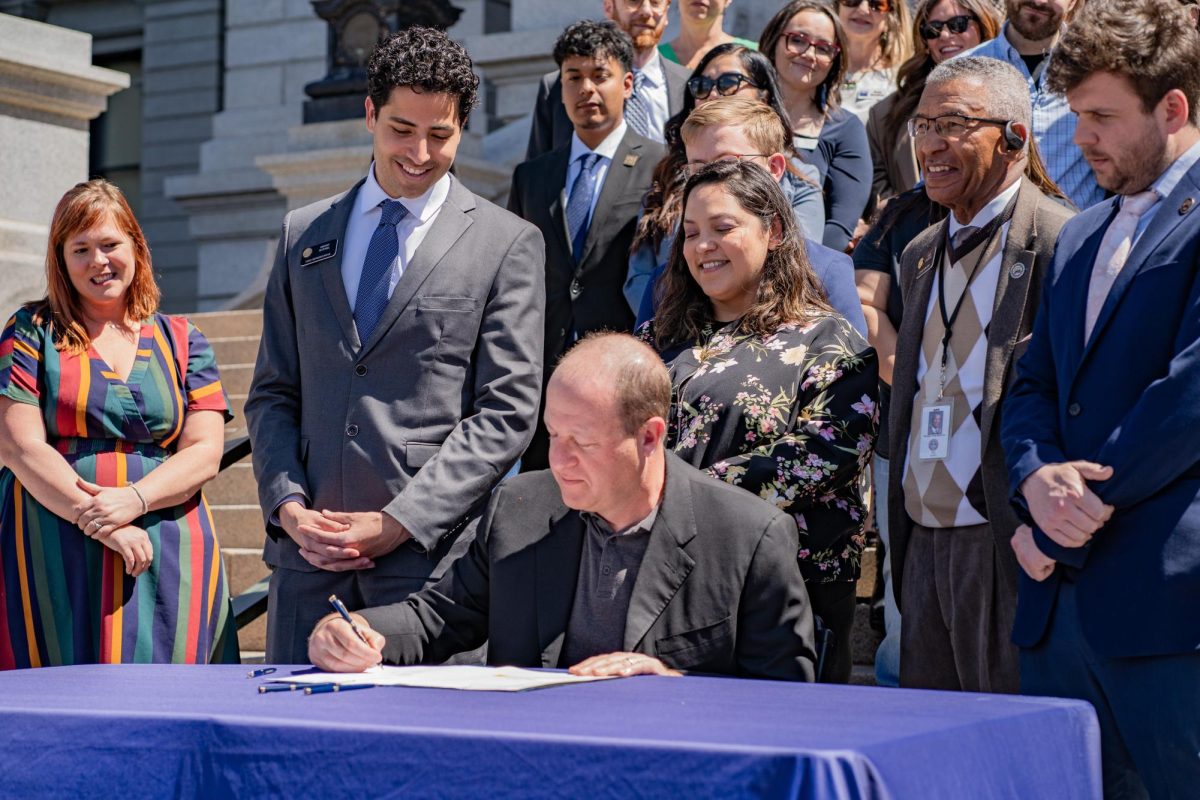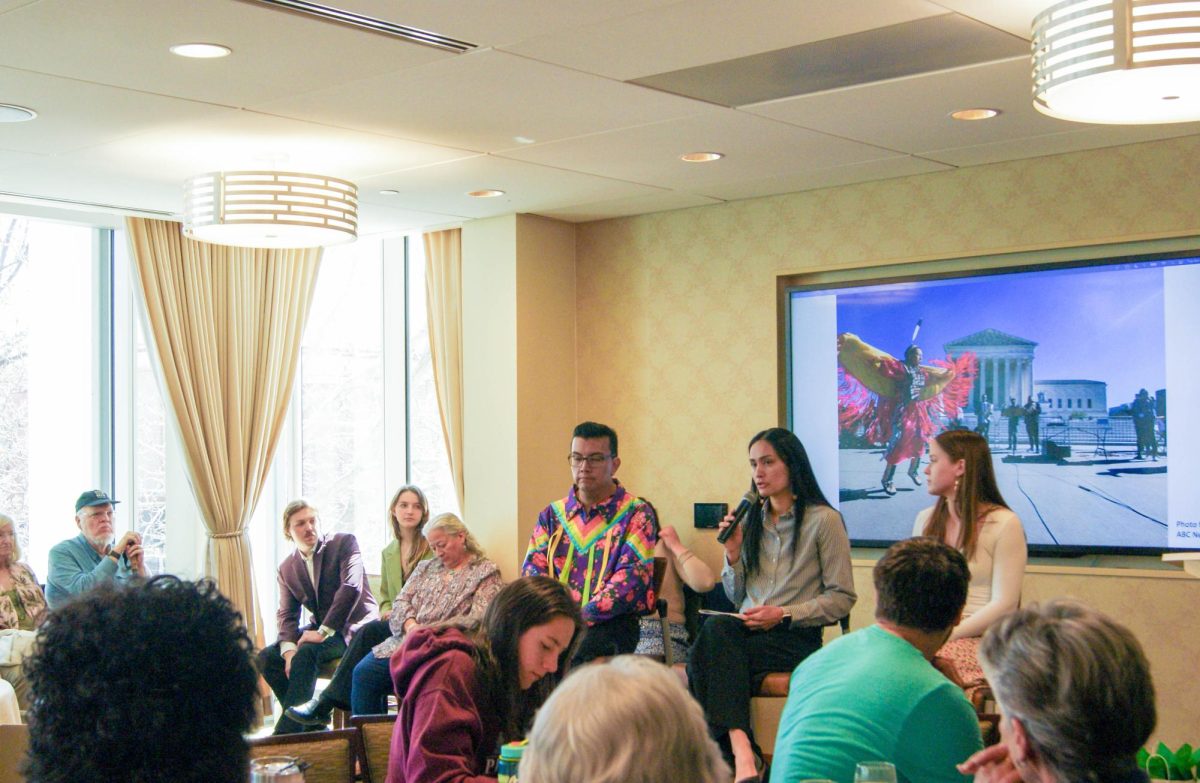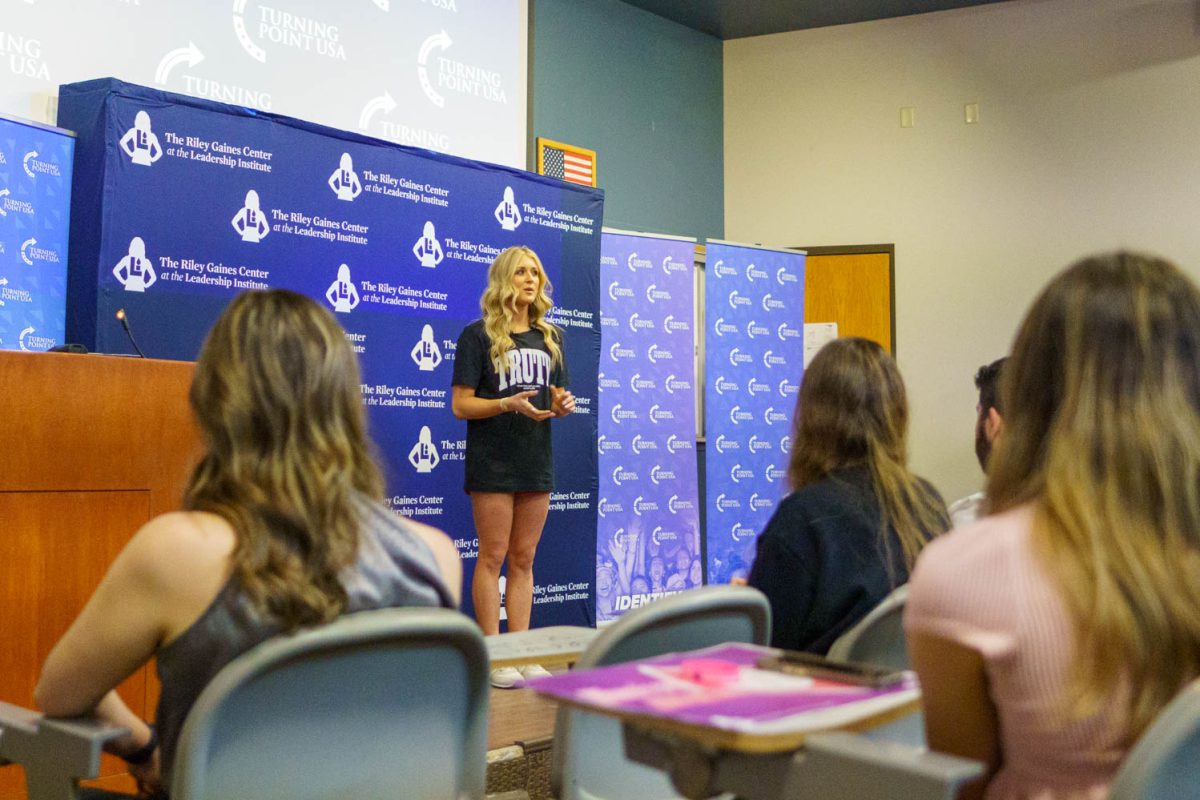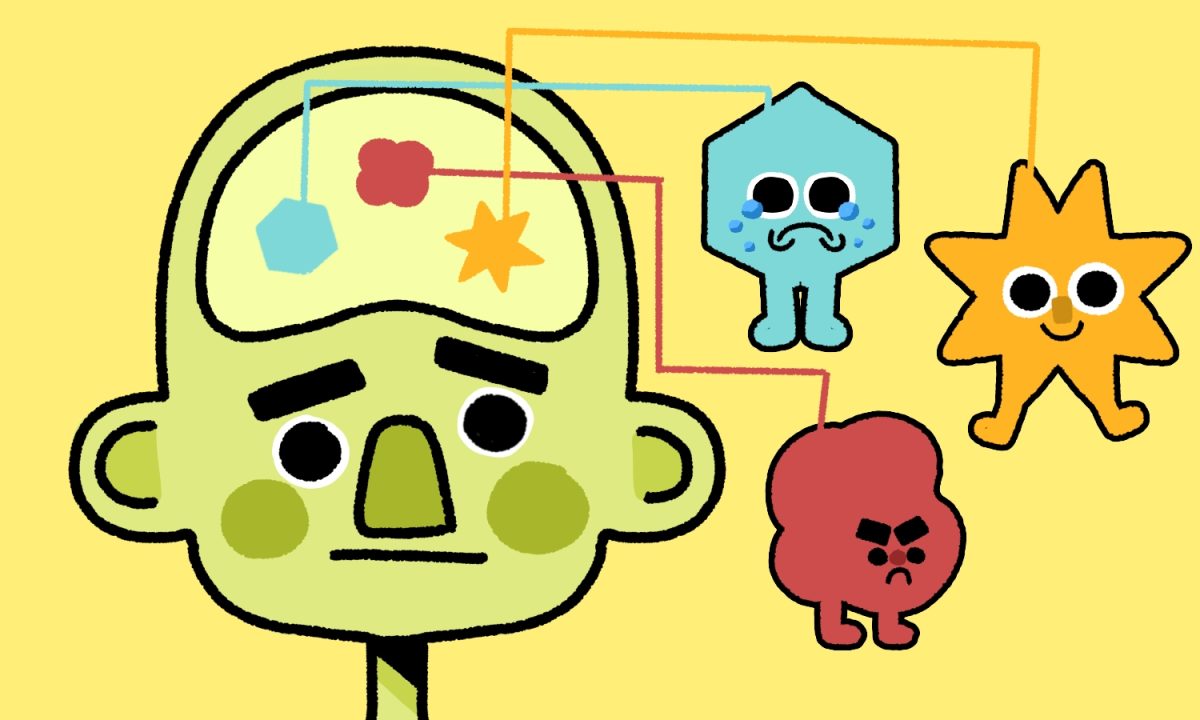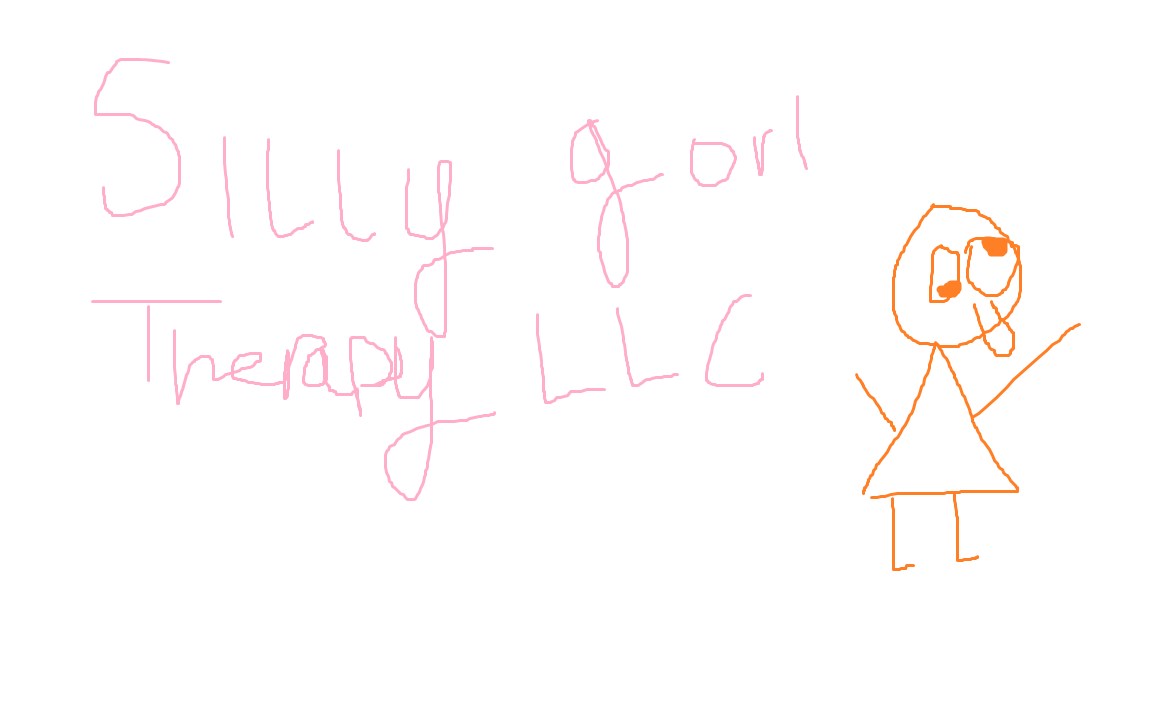Colorado State University’s newly developed SolaVAX vaccination may be one of the solutions to the COVID-19 pandemic.
Researchers at CSU have been awarded a $3.1 million contract from the National Institutes of Health, allowing for work to continue on the University’s vaccination candidate.
Ad
“Each vaccine is just a little bit different and can be applied to different populations. There’s just not one vaccine in a pandemic. It’s going to be a combination of vaccines to stop this pandemic.”-Izabela Ragan, CSU veterinarian scientist
“I feel very honored about getting the funds from the NIH and thrilled with the opportunity to be able to contribute collectively to this issue for COVID-19 and how to treat and how to prevent it,” said Raymond Goodrich, principal investigator for the project and executive director of the Infectious Disease Research Center at CSU.
The contract assists with the University’s Bio-pharmaceutical Manufacturing and Academic Resource Center to “produce strains of the coronavirus” for the vaccine, according to CSU SOURCE.
Fourth-year student and BioMARC employee Maddux Kimball said that COVID-19 is arguably one of the most universal events to occur in the last 100 years.
“For that reason, the discovery of a vaccine would be of acute benefit of the entire planet,” Kimball wrote in a message to The Collegian. “I believe the discovery of a COVID-19 vaccine would be on a similar scale to that of a smallpox vaccine.”
SolaVAX is based on a method Goodrich developed over 20 years ago.
Originally, this method was intended to purify blood transfusions by inactivating viruses, bacteria and parasites that may have been in the donor’s blood, Goodrich stated. This would allow blood recipients to receive clean blood.
Goodrich said this method utilized the type of photochemistry, an area of chemistry that studies the chemical impacts of light, that occurs between riboflavin and ultraviolet light in the presence of nucleic acids.
“It is doing damage to the nucleic acids, to those pathogens at that nucleic acid level,” said Izabela Ragan, a veterinary scientist and postdoctoral researcher working on the project. “It damages it in a way that these pathogens can’t repair themselves. It actually really does damage to them and inactivates them.”
Goodrich thought about how this method could not only be applied to blood transfusions but to vaccines as well.
Ad
Introducing an inactive virus to the body causes it to create antibodies to fight against the virus without actually harming the body with the effects of the live pathogen.
“(The cells) are supposed to have a memory, so the next time that same virus comes in contact with our body, … we already remember, as an immune body, that we need to control that infection very fast,” said Marcela Henao-Tamayo, a researcher and assistant professor in the Department of Microbiology, Immunology and Pathology.
The SolaVAX vaccine has had success with their “in vivo models,” which are models that test living organisms. Ragan explained that they used hamsters for their trials, finding that they were a “very good model” to study and understand the SARS-CoV-2 virus.
“We gave (the hamsters) the vaccine, and we wanted to see if they’d be protected from exposure, and we did (see that),” Ragan said. “We saw that they were protected. So at this point, we just play with that idea and try to make it better. A next step would be to hopefully apply this to a human population and begin clinical trials.”
Though the vaccine has produced results researchers were looking for, it is only the beginning, Goodrich said.
“You always try to go as rapidly as you can but you always have to be limited by what the science tells you, and you always should do it in a way that makes sure that you’re addressing all the safety and compliance issues as you go,” Goodrich said.
There are multiple hoops to jump through before a vaccine can be made available to the general public, including filtration steps and other developmental processes to make sure all the virus is killed for the vaccine, Goodrich explained.
Once the vaccine material is verified, researchers have to go back and look to see if the manufacturing process impacted the findings of the initial work, Goodrich said.
“Are we still able to immunize animals and prevent them from getting the disease?” Goodrich said in regard to questions that may need to be addressed in this stage. “Do we still see antibodies being produced at the same levels that we saw before? Do we still see the cellular immune responses that we saw before?”
After those questions are answered, researchers have a “high quality, high purity, (good manufacturing practices) compliant material,” Goodrich said, which then goes through a series of toxicity tests to determine if there is any toxic effect when the vaccination is administered.
All the information is gathered and submitted to the Food and Drug Administration. Once approved, they can move onto phase one of human trials, which include around 20-40 subjects, Goodrich said.
Each new phase adds more subjects until the study reaches phase four, or what Goodrich calls “post-market clinical trials.”
“You’re still monitoring, still looking, but you’re administering the product in a routine at that point, but you’re still following, you’re still monitoring,” Goodrich said. “And those are hundreds of thousands or millions of people who would be receiving the vaccine at that stage.”
There are still multiple vaccine candidates being worked on around the world with different methodologies, Henao-Tamayo said.
“We have to think about the diversity we have in terms of people that require vaccination,” Henao-Tamayo said. “And because of that, we should have a huge amount of vaccines actually tested to see which populations they would serve better.”
Ragan said, when developing a vaccine, it is not going to be one size fits all. These vaccinations vary in number of shots received, production time and methodology as well as the price.
If the vaccine is too expensive, it would not be accessible by lower-income countries, Ragan explained. SolaVAX is more affordable since it is made from an inactivated form, she said.
“Each vaccine is just a little bit different and can be applied to different populations,” Ragan said. “There’s just not one vaccine in a pandemic. It’s going to be a combination of vaccines to stop this pandemic.”
Goodrich said that if everything goes according to plan, phase one human trials should begin by 2025 or 2026.
“If nothing has changed from this sort of plan that we have right now, yeah it could be pushed out to that type of time frame,” he said. “But again, our hope is to be able to move more quickly, whether we’ll be able to do that or not depends again on how things behave as we go through this process.”
Kimball explained that vaccine research takes time, but there is a lot of work being done, despite the difficulties of being in a lab during a pandemic.
“We are all working extremely hard toward the same goal to help develop a viable COVID-19 vaccine,” Kimball wrote. “And we are making progress every day in the pursuit of that goal.”
Laura Studley can be reached at news@collegian.com or on Twitter @laurastudley_.






